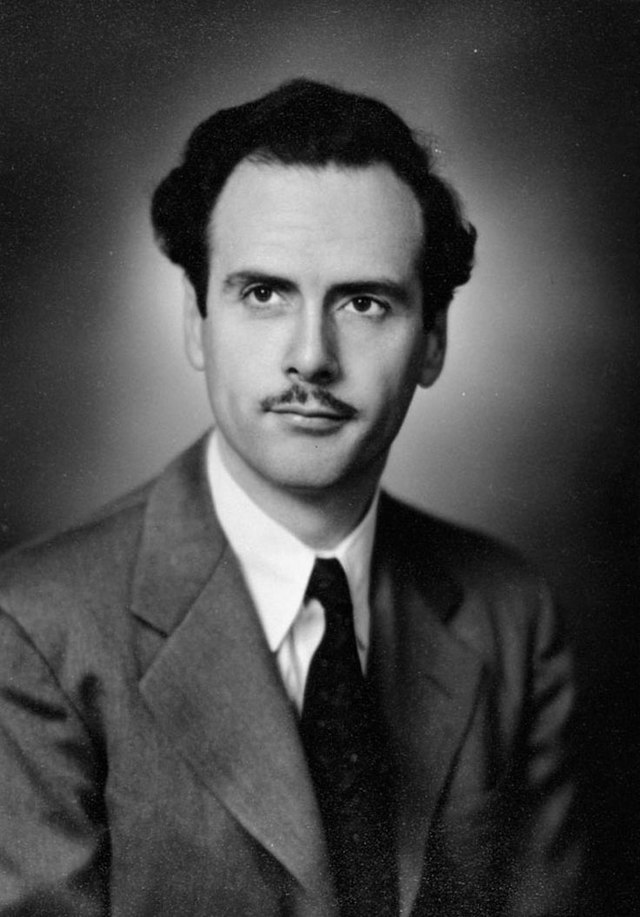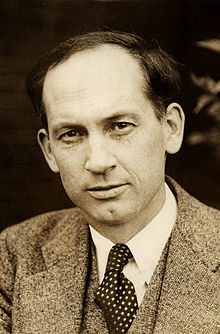The Canadian philosopher, Marshall McLuhan, who studied medium theory, is a вАЬ formalistвАЭ, which means that those people who think the type of media technology is important.¬†

He believes that interaction and communication between people are made up and controlled by the medium, which вАЬ the medium is the messageвАЭ. He used the lightbulb as an example that the light bulb did not have any content like the newspaper or television, but it provided an environment for people in the dark night.¬†
Moreover, Marshall McLuhan found out that there are two types of media, the cool media which requires more sense and participation, such as, television and telephone. The other one is hot media that needs to absorb one sense linearly, like photography, film, and radio.
In this concept, we could find that there are many things that are medium is the message. The most common example would be the phone that we are using every day, the phone is a medium that does not have any content, but after we install different apps and start searching from the internet, we will be able to receive or share the content. For instance, social media, such as, Instagram, Twitter, and Snapchat. These social media allow everyone to post what they want, therefore, people might post something that is unreliable or controversial, and then there will be a lot of content on the internet and social media.

Other than that, the first medium theorist, Canadian professor of political economy at the University of Toronto, Harold Innis, was of the opinion that there are biases of communication in which the proportion and balance of a culture’s media determines its relative stability.
According to Harold Innis, there are two types of media bias, Time-biased media and Space-biased media. Time-biased media is the media that lasts long in time, such as, the stone and marbles. They are durable and not easy to be destroyed over time but they are heavy which makes it difficult to move. However, space-biased media, like paper and papyrus, are light and portable, which can be transported everywhere easily, and are not long-lasting so they will be damaged over time.
One clear example of the time-biased media and the space-biased media is the music. Back then, the music was played on the phonograph with a flat disc, the discs and the phonograph were large and heavy, which was quite hard to move but it was long-lasting and people could still be able to listen with the disc. According to the time change, a cassette was invented. The cassettes can play with the compact cassettes, the cassettes are light and portable, however, it is easy to break if you just drop in on the floor, also after a long time it will not be able to play.
The medium theory that Marshall McLuhan and Harold Innis bring to us, is still involved in our daily lives, even though we have passed through the oral, literate, and print age, to the electronic age.


Yes, McLuhan is also known as a pioneer and prophet of the digital age for his insightful theories.